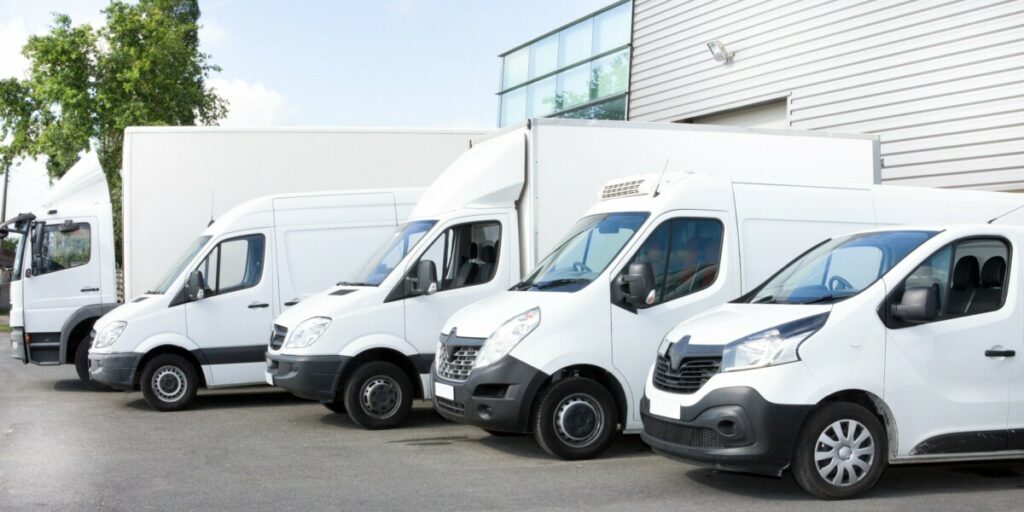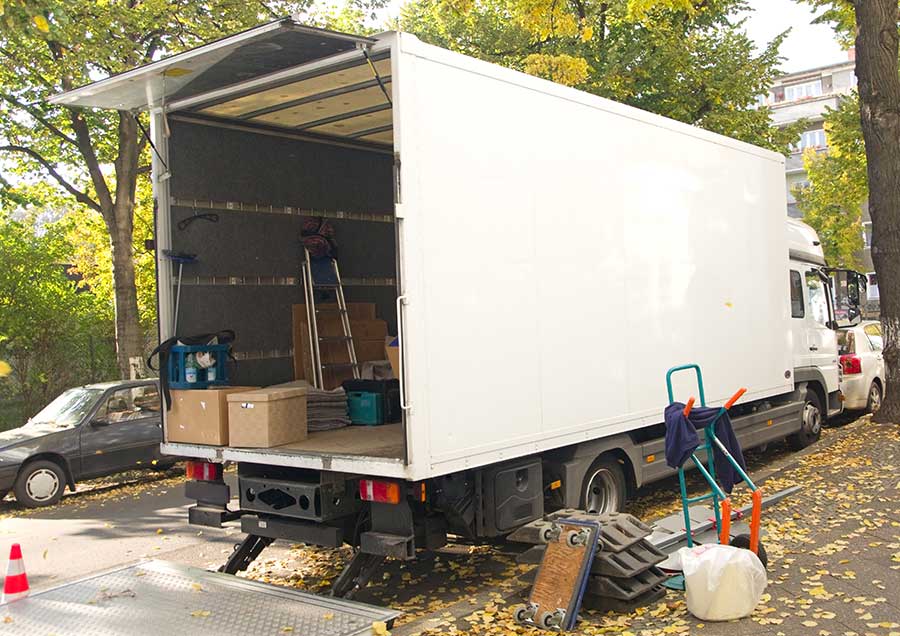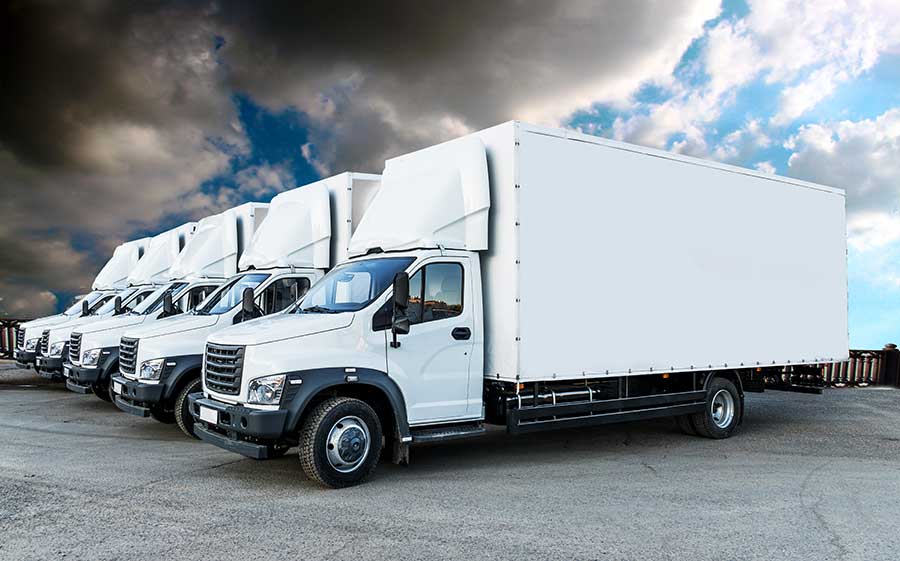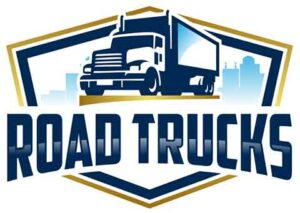There are a lot of laws in place to ensure drivers on the road stay safe, but sometimes these rules can be confusing or inconvenient. Driving certain vehicles, such as box trucks or buses, is often only legal if you have a commercial driver’s license. Do you need to get a CDL when you are just hauling your own property?
A CDL (Commercial Driver’s License) is not required for private or non-business-related use. A commercial truck driver also does not need a CDL to transport personal property if the weight of the truck and its contents is 26,000 pounds or less.
There are several exceptions to the CDL laws and many requirements that commercial vehicle drivers must follow. It is important to understand these laws so that you are not putting yourself or others in physical or legal danger.
Contents
When is a CDL Required?

A Commercial Driver’s License or CDL is a special license required to drive a commercial vehicle, such as semi-trucks, buses, or box trucks. Getting a CDL requires extra testing, and it may be inconvenient to get one. If you are only renting a commercial vehicle to transport your own property one time, it probably sounds like a lot of unnecessary work to get an extra driver’s license.
Luckily for you, you do not need a CDL for private use. According to the Federal Motor Carrier Safety Administration, the non-business transportation of personal property is exempt from the requirement of a CDL. You can rent a moving truck and transport your own furniture or rent a bus for a family reunion, all without getting a CDL. You can even transport animals or vehicles to races and shows that offer prize money without having a CDL as long as they are your property.
If you hire someone or are hired to drive a commercial vehicle to transport personal property, it is a little bit more complicated. The main determining factor, in this case, is the weight of the vehicle and its contents. If you are driving a vehicle without a tractor, it is important to know the gross vehicle weight (GVW)–how much the vehicle and its contents weigh at a certain point–and the gross vehicle weight rating (GVWR)–the maximum weight that the vehicle should carry as recommended by the manufacturer.

If you are driving a vehicle with a trailer attached, you need to know the gross combined weight (GCW) and the gross combined weight rating (GCWR), which are the current weight and maximum weight of the vehicle, trailer, and contents combined.
Essentially, you need to know how much weight you are and should be hauling around. If the GVW, GVWR, GCW, and GCWR are all less than or equal to 26,000 pounds, a commercial driver does not need a CDL to drive them. So, make sure that you know the weight of the vehicle and its contents, as well as the recommended maximum weight. If the weight is greater than 26,000 pounds, you may need a CDL, depending on the state and your situation.
There are many other exceptions to the CDL requirements, and some states will have different laws than others. If you aren’t sure about your situation, look into state and federal laws about commercial vehicles to figure out if you need a CDL or not.
Even if you don’t need a CDL to drive a commercial vehicle, it is important that you learn how to drive the vehicle correctly. Large vehicles are harder to drive than normal cars, and there are many more opportunities for disaster if you don’t know what you’re doing. It is important to know what you’re doing for the safety of yourself, your passengers or property, and other people on the road.
Related Article: Box Trucks That Require a CDL Vs. Non-CDL
What is the Point of a CDL?

Commercial Driver’s Licenses (CDL) are required to help keep commercial drivers safe and keep those around them safe as well. Commercial vehicles are often large and difficult to drive. They require certain techniques and safety precautions to be driven safely. As you can imagine, driving a semi-truck or a bus is significantly more difficult than driving a normal-sized car. Larger vehicles have less visibility, take up more space on the road, and may be difficult to adjust to driving if you are not used to it.
Getting a CDL requires learning how to safely and properly drive a commercial vehicle. Much like getting a regular driver’s license, you are required to get a Commercial Learner’s Permit first and can only drive with someone with a CDL, though you only need to learner’s permit for 14 days. You are also required to fit certain medical qualifications to get a CDL.
You must go through driving training and tests before finally getting a CDL. As you can see, it is a complicated process that can certainly be a pain, which is why people who only drive commercial vehicles for private use occasionally don’t need to go through the hassle of getting one.
Related Article: How Many Points Can You Have On A CDL License
Hours-of-Service and Electronic Logging Device Regulations for Private Use
Some laws that go hand-in-hand with CDL requirements are Hours-of-Service (HOS) regulations and Electronic Logging Device (ELD) regulations. HOS regulations involve the maximum amount of time that commercial drivers can be on the road. They are in place to keep drivers from getting too tired, which can cause them to fall asleep or become complacent while driving.
An ELD is a device that is required in commercial vehicles to log the driving times of commercial drivers to ensure that they are following the hours of service rules. Though ELDs are regulated by the government, they are provided by private companies.
Just like with CDLs, when transporting your own property using a commercial vehicle, you don’t need to worry about HOS and ELD regulations. Commercial drivers transporting private property may need an ELD if the GVW, GVWR, GCW, or GCWR are greater than 10,000 pounds depending on the state and situation.

